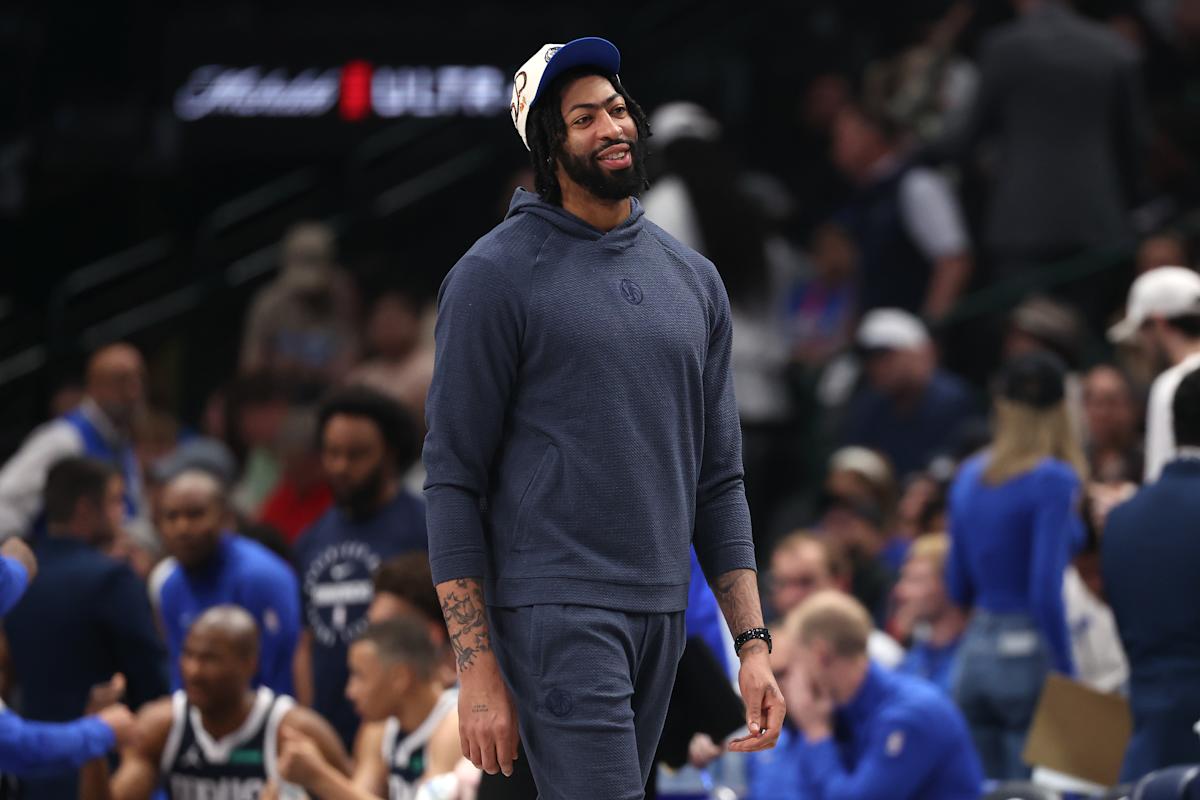The United States Men’s National Team will meet two top South American opponents in friendly matches that should give the squad a real test before the 2026 FIFA World Cup. Head coach Mauricio Pochettino’s latest squad announcement turned plenty of heads, largely because 11 of the 25 players come from Major League Soccer. The call-ups show just how much MLS has grown, with its players now trusted to play key roles for the national side as preparations continue for the sport’s biggest tournament.
MLS Talent in the National Frame
Pochettino’s choice to bring in 11 MLS players makes it clear he values what they’re doing week to week in their own league. These call-ups say a lot about how much belief there is in MLS players and their ability to handle the speed and pressure of international games. Those who have a sense of who’s playing with confidence and carrying that good form into the bigger tournaments can look at the best options for US bettors. Current odds for the USMNT to win the 2026 World Cup range from +4000 to +6600, depending on the sportsbook, suggesting cautious optimism boosted by home advantage. A lot of fans follow games through betting sites these days, checking the odds as matches unfold. It’s a straightforward way to stay connected to what’s happening in both league play and international football.
Tactical and Statistical Significance
The inclusion of so many MLS players shifts how the USMNT sets up. Despite rumours earlier this season linking Mauricio Pochettino back to Spurs, he keeps the plan simple and clear. He wants an organised unit that presses together, with MLS regulars trusted to sustain a high tempo and close space quickly.
Robinson and Ream give the defense a bit of calm when the game gets frantic, using their experience to steady those around them. They don’t rush their decisions and know how to guide promising teammates through tense moments. However, Robinson’s injury will leave Pochettino worried about his current availability. Despite this, the USMNT has a lot of depth, and Roldan and Zawadzki will help keep the midfield steady despite Roninson being ruled out for injury. These dependable midfielders will chase loose balls and make sure the team stays connected front to back.
MLS clubs in 2025 handled the ball with a bit more ease, showing they’re growing more assured in possession. They kept it longer, played with a bit more patience, and picked their passes better. That improvement says a lot about the coaching around the league and how players are learning to stay composed when the game speeds up.
Players like Diego Luna show a fresher group of players coming through with confidence and flair. He’s willing to try something different near the goal, the kind of creativity you often see from South American or European players. That attitude adds variety to how the USMNT can play. That flexibility helps Pochettino make changes when needed while keeping the side steady. The friendlies will give him a sense of how ready the team is for tougher challenges on home turf.
MLS Growth and Global Recognition
Major League Soccer’s growing influence on the USMNT reflects how far the league has come in a relatively short time. Most of the U.S. starters would have been playing their club football in Europe ten years ago. That’s changed quite a bit since then. MLS clubs have put real money into youth development, data use, and coaching, and it’s paying off. Many players are choosing to spend a bit more time in MLS before making the jump abroad. So when they step into national team camp, the pace doesn’t surprise them. They’ve already faced that kind of intensity week after week in MLS.
The rise in MLS call-ups also says a lot about how far the league has come. European scouts now keep a close eye on MLS games, searching for players who can mix athletic strength with tactical awareness. For Pochettino, that means more choice and a wider pool of talent to work with before the World Cup, as he will need to plan accordingly with many top nations already booking their spots at the beautiful game’s most prestigious tournament in 2026. As players continue to succeed both in the league and with the national team, MLS earns more respect abroad, and the USMNT benefits from a group of players who are fit, confident, and used to high-level competition.
Conclusion
The upcoming matches give MLS players a real chance to test themselves against top opposition. Performances will matter for World Cup spots and for showing how far the domestic game has come. Each call-up feels like a small step forward for both the league and the national setup.
When players return to their clubs, the experience can lift those around them. Teammates see the standard and aim higher. MLS and the USMNT are feeding each other’s progress, and the next year will show how far that connection can go in tactics, preparation, and global perception. If the league keeps growing and players keep adding experience abroad, MLS could soon be seen as a leading place for American player development.























